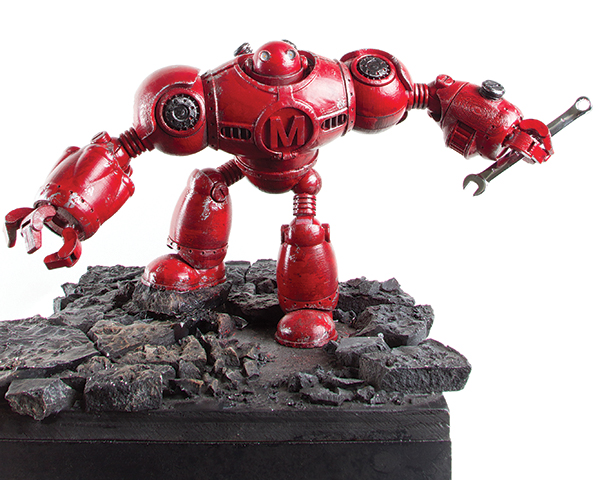Download the design files, 3D print, assemble, glue, and save the world from alien invaders!
Mega Make’s origins are a rough sketch in my maker’s notebook, drawn in a sushi restaurant during lunch with my supervisor. The creation was to be the main protagonist in our stop-motion animated short about a giant robot fighting off an alien invasion. After much deliberation (and about a dozen California rolls) we finally agreed upon a design we both liked.













